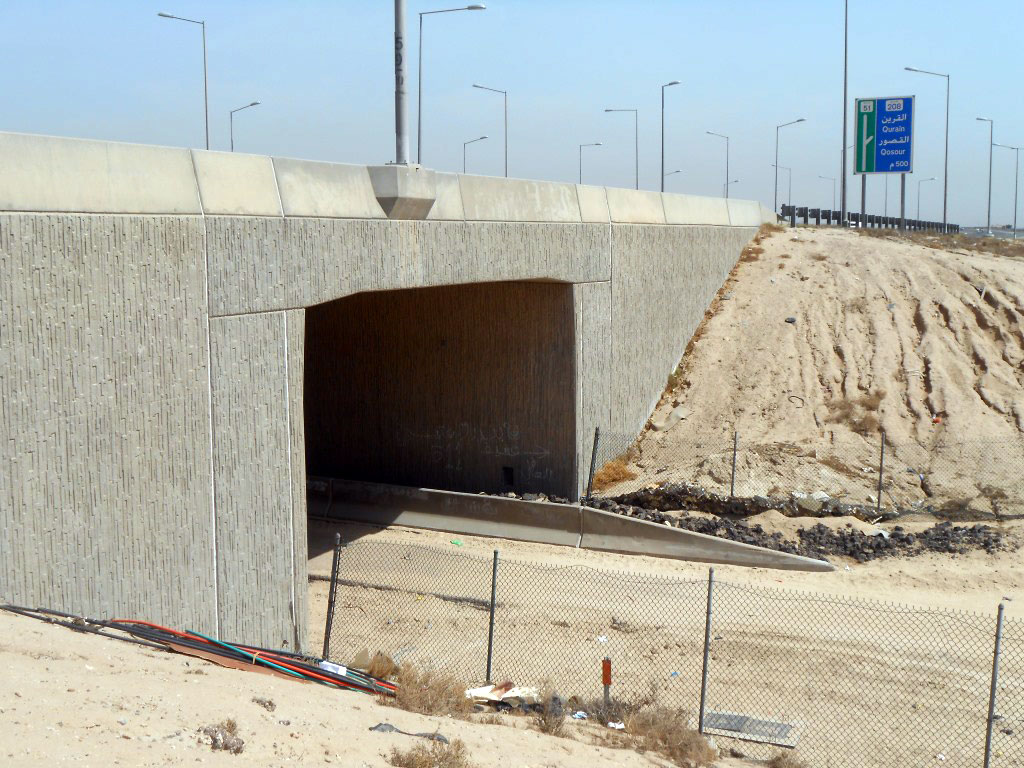
/cloudfront-us-east-1.images.arcpublishing.com/gray/PBLBG5K2GNMHJHPA6UBCOOLFDE.jpg)
The tunnel was officially renamed after former Governor Hugh Carey in 2012 since he had lived in Brooklyn. The "Battery" in the tunnel's name refers to an artillery battery originally located at that site during New York City's earliest days. Halfway through construction, the Tunnel Authority was merged into the Triborough Bridge and Tunnel Authority (TBTA), whose chief engineer Ralph Smillie took over the design process.

The tunnel was originally commissioned by the New York City Tunnel Authority, whose chief engineer Ole Singstad created the tunnel's original designs. At the time of its opening, the Brooklyn–Battery Tunnel was the longest underwater vehicular tunnel in the US and the second-longest in the world, behind the Queensway tunnel under the River Mersey in the UK. The tubes stretch 9,117 feet (2,779 m) from portal to portal, making them the longest continuous underwater vehicular tunnels in North America. Vehicles over 12 feet 1 inch (3.68 m) and wider than 8 feet 6 inches (2.59 m) are prohibited from using the tubes.

Although the tubes do not pass directly under Governors Island, that island contains a ventilation building for the tunnel. They pass underneath the East River, connecting the Battery at the southern tip of Manhattan to the neighborhood of Red Hook in Brooklyn. The Brooklyn–Battery Tunnel consists of two two-lane tubes, one in each direction. It is operated by MTA Bridges and Tunnels as one of the MTA's nine tolled crossings. In 2012, the tunnel was officially renamed after former New York Governor Hugh Carey. The tunnel originally carried New York State Route 27A (NY 27A). The Brooklyn–Battery Tunnel is part of the Interstate Highway System, carrying the entirety of the unsigned Interstate 478 ( I-478) since 1971. The tunnel officially opened on May 25, 1950. Construction on the Brooklyn–Battery Tunnel started on October 28, 1940, but its completion was delayed due to World War II-related material shortages. This prompted city officials to reconsider plans for a tunnel. However, the public opposed the bridge plan, and the US Army Corps of Engineers (USACE) rejected the plan several times out of concern that the bridge would impede shipping access to the Brooklyn Navy Yard. After unsuccessful attempts to secure federal funds, New York City Parks Commissioner Robert Moses proposed a Brooklyn–Battery Bridge. The New York City Tunnel Authority, created in 1936, was tasked with constructing the tunnel. Official plans to build the tunnel were submitted in 1930 but were initially not carried out. Plans for the Brooklyn–Battery Tunnel date back to the 1920s. With a length of 9,117 feet (2,779 m), it is the longest continuous underwater vehicular tunnel in North America.

Although it passes just offshore of Governors Island, the tunnel does not provide vehicular access to the island. The tunnel consists of twin tubes that each carry two traffic lanes under the mouth of the East River. Carey Tunnel and commonly referred to as the Battery Tunnel or Battery Park Tunnel, is a tolled tunnel in New York City that connects Red Hook in Brooklyn with the Battery in Manhattan. The Brooklyn–Battery Tunnel, officially the Hugh L. For the tunnel under Battery Park in Manhattan, see Battery Park Underpass.


 0 kommentar(er)
0 kommentar(er)
